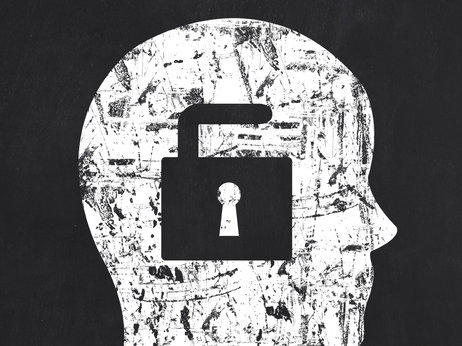In 2009, a man named Barry Beck suffered a series of strokes, which caused extensive damage to his right occipital lobe and to the brain stem. The geologist and author of several books was left completely unable to communicate, in a state known as locked-in syndrome.
The condition was famously described by Jean-Dominique Bauby in his memoir The Diving Bell And The Butterfly, which he dictated by blinking.
But thanks to a team of researchers and some technological advances, Beck had another option.
"When I first saw him, he had a little bit of eye movement and that was really the only way he could communicate," says Eric Sellers, who directs the Brain-Computer Interface Laboratory at East Tennessee State University. His lab studies how brain activity can be measured and used to control computers, helping people with severe motor disabilities to communicate.
Beck's wife heard about Sellers' research and contacted him. Ten months after Beck's strokes, Sellers and his team start started working with the patient, setting him up with a brain-computer interface.
[For more of this story go to http://www.npr.org/2014/10/26/...get-his-thoughts-out]




Comments (0)